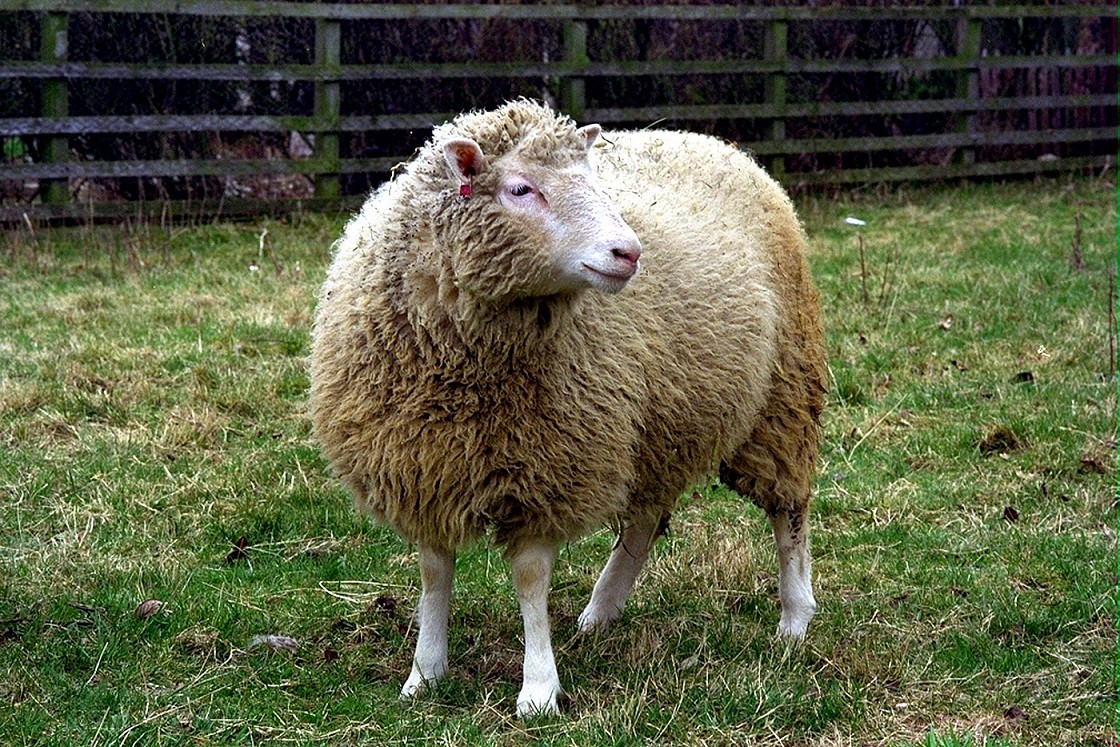
The Farm Animal Genetic Resources Committee (FAnGR) has released a statement on the cloning of farm animals.
The FAnGR provides advice to Defra on all issues relating to farm animal genetic resources particularly its conservation and sustainable use.
The Committee recognises that science is continually evolving and that cloning is part of a continuum of developments in reproductive techniques.
Cloning involves the removal of the nucleus from a somatic cell (any body tissue) of an animal and its transfer into an enucleated egg (an egg cell that has had its own nucleus removed) of a donor female of the same species.
This is then stimulated to generate an embryo for transfer into a surrogate mother.
Cloning methods being used in farmed animals do NOT involve genetic modification: the intention with cloning is to reproduce an existing animal, rather than to create one with novel DNA that has not existed before.
Animals have the vast majority (>99%) of their DNA (containing its genes) in the cell nucleus and a minute fraction (<1%) in the mitochondria within cells but outside the nucleus.
A cloned animal receives its mitochondrial DNA from the donor of the recipient egg, and the nuclear DNA from the donor of the somatic cell nucleus, and is therefore essentially an ‘identical copy’ of the animal providing the somatic cell.
Both will be copies of DNA already existing in the population.
Conserving rare breeds
Cloning has a potential role in conserving rare breeds that would otherwise be at risk of extinction following a disease outbreak, or in the case of a severe decline in a population.
These boosted populations could then continue using conventional breeding to multiply further.
Genetic diversity of these breeds could also be increased by breeding from clones of unrelated castrated males, or unrelated females unable to breed successfully unaided.
However, in those species in which embryo transfer is effective, the cryopreservation of embryos, ova and semen are more desirable methods to be used for conserving rare breeds, as combined they conserve all the DNA (nuclear and mitochondrial) of the breeds in question
There is a theoretical benefit that by reproducing “copies” of desirable animals, it is possible to allow more farmers to access animals of high genetic merit (for improving food production, food quality, disease resistance etc.) more quickly.
However, the cost and the success rates make this commercially unfeasible in the EU at present.
In the past cloning would also have been a necessary step to allow implementation of approaches such as genome editing that could be used to overcome challenges presented by inherited diseases in small populations.
However, the Committee notes that recent advances in highly targeted genome editing approaches mean that cloning is no longer a necessary step to achieve this.
The Committee notes that substantial work has been carried out by the European Commission and by the European Food Safety Authority (EFSA) on food safety in relation to cloning, while the Food Standards Agency (FSA) is responsible for food safety in the UK.
All bodies share a similar view that the current evidence suggests that meat and milk from healthy clones and healthy offspring of clones is as safe as that from conventionally bred animals.
Dolly the Sheep
The first viable cloned farm animal from an adult somatic cell was Dolly the sheep, born in the UK in July 1996.
Since then, cloning techniques based on using adult cells have developed, although it remains a young technology.
Cloning is expensive and is likely to remain confined to niche uses in agriculture for many years to come.
The farm livestock most likely to be cloned are high value cattle and pigs. There are very few cloned cattle and pigs relative to the size of the world’s cattle and pig populations.
There are only a small number of elite bulls in the world and it is mainly these that are being commercially cloned.
Risks of cloning
The Committee has found that the main risks from cloning relate to ensuring that: animal welfare requirements are met; any differences between clones and conventionally bred animals are understood and addressed; high level use could result in higher inbreeding and reduced levels of genetic variation in populations which could undermine biodiversity and progress using conventional selective breeding approaches; and that consumer confidence is maintained.
However, cloning has proved to be a very decisive subject, with many farmers and organisations criticising the practice.
The Green Alliance in Europe have been in favour of a ban on cloning as it has 'strong negative impacts on animal welfare and biodiversity.'
"It does not offer any advantage to citizens, nor does it have any beneficial effect on food security, food safety or breeding improvement.
"New legislation on cloning will make sense only if it includes a comprehensive ban on cloning, and on the placing on the market of food from clones and their descendants.
"The principal purpose of cloning is to produce multiple copies of animals with fast growth rates or high yields.
"On the other hand, creating a livestock population that is genetically identical due to cloning reduces genetic diversity, putting the entire livestock population at a higher risk for disease (e.g. leg disorders and cardiovascular malfunction in fast-growing pigs, and lameness, mastitis and premature culling in high-yielding cattle), and potentially wiping out entire herds.
"Currently, animal breeding of different species is already based on only a few genetic lines.
"Cloning would narrow these lines even more and restrict the possibilities for adaptation to a changing environment."
